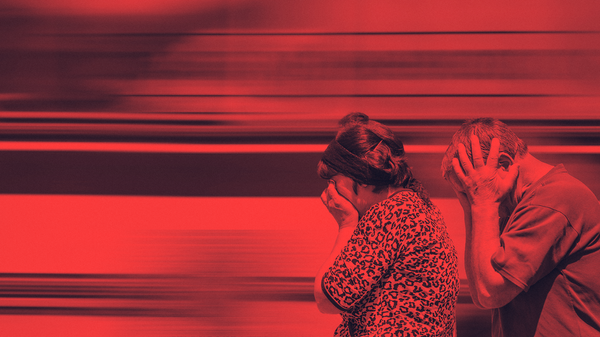Donbass Vets Share Stories About How War Came to Their Home in 2014
13:00 GMT 14.04.2023 (Updated: 12:48 GMT 19.06.2023)
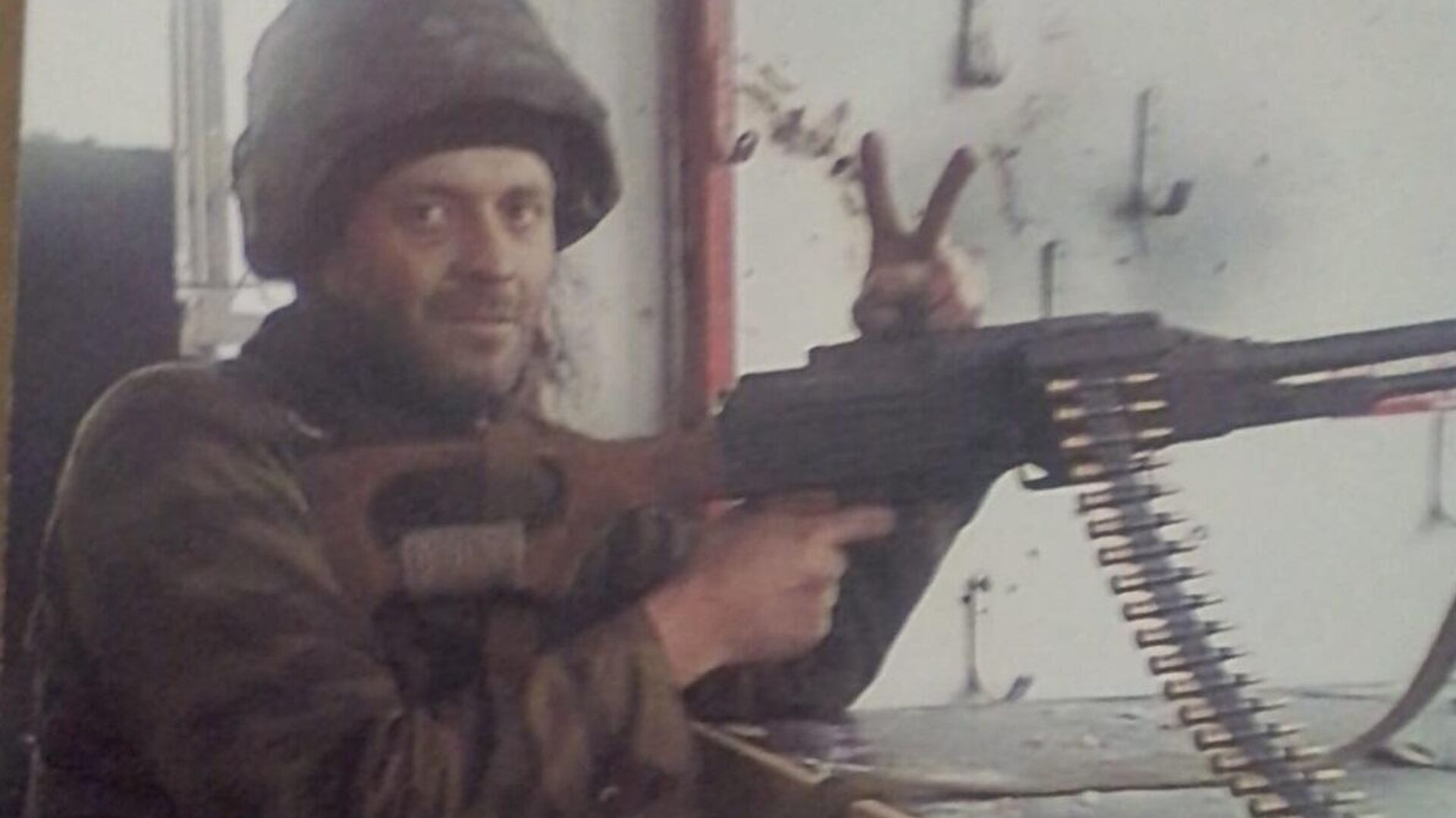
© Photo : Personal archive.
Subscribe
Longread
April 14 marks the ninth anniversary since Kiev began an ‘Anti-Terrorist Operation’ in the Donbass in 2014 aimed at crushing an uprising by residents opposed to the post-coup government. How did the militias arise? What motivated their members? What message do vets have for Westerners today? Sputnik reached out to them to find out.
It all began not with a bang, but the distinct sound of tank treads clanging against the pavement of roads leading into the Donbass’ towns and cities, accompanied by the shouting of unarmed men and women gathering in front of columns of Ukrainian tanks and armored vehicles and refusing to let them pass.
“Who are you going to shoot?” a man shouted in a news report from Kramatorsk, a major metallurgical center in northern Donetsk from April 17, 2014. “I’m not going to fight,” a soldier told a reporter from atop an infantry fighting vehicle, smiling and shaking his head. “I’m against all of this.”
Authorities in Kiev decided to kick-off the ‘Anti-Terrorist Operation’ (ATO) in the Donbass after a wave of large-scale pro-Russian protests engulfed much of eastern and southeastern Ukraine, with people in regions from Kharkov to Odessa holding meetings, seizing administrative buildings, proclaiming “People’s Republics” and announcing their intention to hold independence and autonomy referendums. The unrest in the east began to percolate in the immediate aftermath of the February 2014 coup –which brought vehemently anti-Russian, Western-backed political forces supported by ultranationalist thugs to power in Kiev.
Acting President Oleksandr Turchynov announced the military operation a week before it began, saying in a television address on April 7 that Ukrainian forces would conduct “anti-terrorist activities against armed secessionists” in the country’s east. Turchynov blamed Russia for the unrest, claiming Moscow sought to “overthrow” the government and “disrupt” snap presidential elections scheduled for May. Freshly-installed Interior Minister Arsen Avakov boasted that Kiev would crush the unrest, by talks or by force, within 48 hours. “There are two opposite ways for resolving this crisis – a political dialogue or the heavy-handed approach. We are ready for both,” he said on April 9.
On April 14, Turchynov signed a decree that has officially begun the ATO. On April 15, troops from the Interior Ministry, as well as the Ukrainian military’s Alpha special forces unit, began an operation to “secure” Kramatorsk’s airfield. Helicopter gunships fired on members of self-defense units who had set up a makeshift checkpoint at the airfield. Multiple militiamen were killed and several more injured in fighting with Ukrainian troops. Hundreds of local residents came out to confront the army, while others set up barricades at administrative buildings. On April 16, Kiev announced the partial mobilization of men with military experience and the transfer of troops from western and central Ukraine to the east for deployment alongside local forces.
Avakov’s promise to end the crisis in “48 hours” eventually turned into 48 days, 48 weeks, 48 months, and longer, as fighting in the Donbass intensified, ultimately escalating into the full-blown proxy conflict between Russia and NATO in Ukraine that it is today.
‘We Thought It Would All Be Over With Soon’
“Everything seemed peaceful at first,” recalled Vitaly Shechkov, a Donetsk People’s Militia veteran who joined the resistance in 2014.
“But then a shell flew into our village and exploded right next to my house with my wife and children inside. I can’t put into words how scared I was. Then came anger, resentment, and a lot of questions,” Shechkov, who goes by the call sign Tikhyi (lit. ‘Quiet’) said.
Before the conflict, Shechkov operated a small construction materials delivery business.
“My grandfather fought in World War II, he fought to Berlin. Me and many of my friends and colleagues were enraged by these monsters, who started shooting at civilians out of the blue. So I volunteered in 2014 – we were just volunteers then, basically nobodies,” the militiaman said. “I decided that I was no longer prepared to risk [my family], to lose my loved ones. I didn’t want to let the enemy come even closer, and instead wanted to drive them away from here so they could not harm anyone. I could not remain indifferent or abandon my land, my roots.”
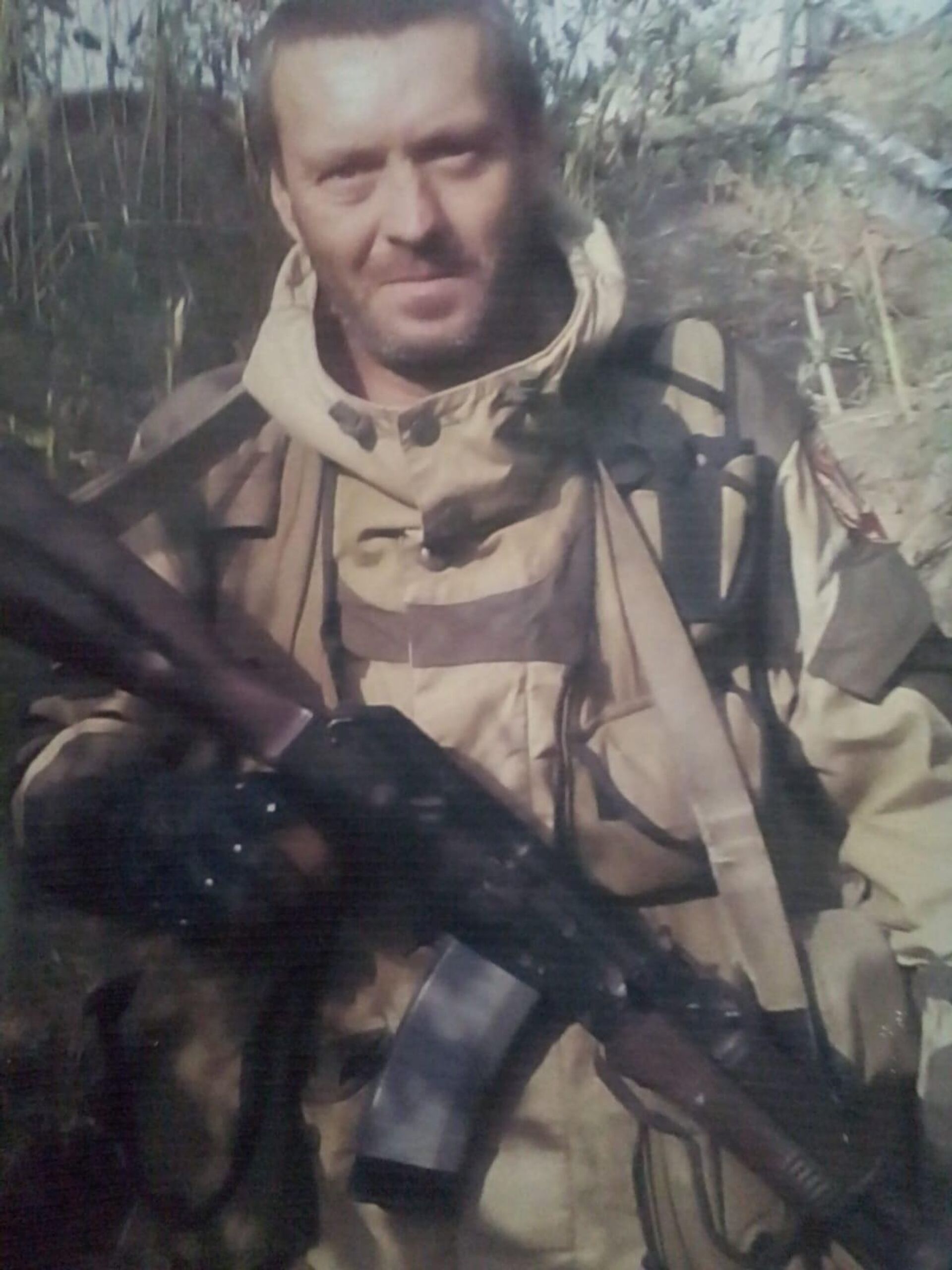
Donbass militia veteran Vitaly Shechkov during a break from fighting near the Donetsk Airport.
© Photo : Vitaly Shechkov's personal archive.
Fyodor Romanov, another militiaman from the DPR, said he had “subconsciously realized” that a major conflict had started, even if he initially didn’t want to admit it to himself, after Ukraine began to use heavy military aviation, bomb the village of Maryinka and attack a local coal mine in May 2014.
“I didn’t think it would stretch out like this. I hoped that it would be settled, but couldn’t imagine that it would escalate into this conflict in which everyone and their brother is involved. I thought it would all go faster – that they’d prattle on and come to an agreement. But the exact opposite happened,” the factory worker said. “We thought that this would all end soon. A year, a year-and-a-half max, no one expected it to be any longer,” the militiaman said.
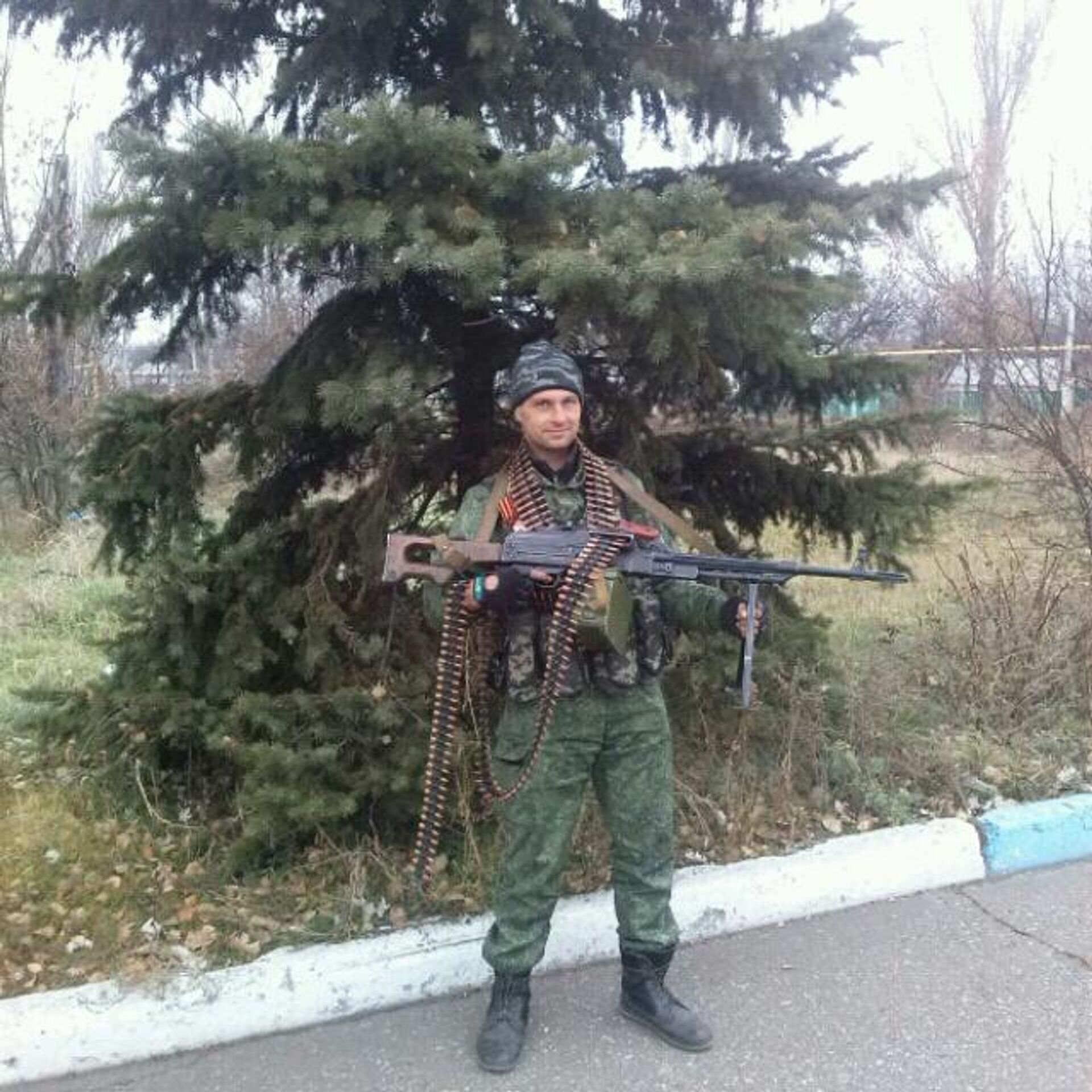
Donbass militiaman Fedor Romanov poses for the camera outside Maryinka, Donetsk People's Republic, 2016.
© Photo : Fedor Romanov's personal archive.
Spontaneity 'to the Point of Absurdity'
Romanov, call sign Tsar, joined the rag-tag Donetsk militias in the spring of 2014, manning makeshift block posts together with other local residents. “The militias somehow formed naturally. At first, this referendum took place [Donbass status referendum of May 2014, ed.], then a lot of guys I knew went to man checkpoints. We went together, talked, and kind of became friends.”
“At first we stood there, to the point of absurdity, armed with sticks, kitchen knives, a lot of people came out with hunting rifles, turning them into sawn-off shotguns. They made homemade explosives so that the enemy could not pass. Of course, with such weapons we were easy targets, so we were afraid. We were standing forty minutes from Maryinka, where Ukrainian troops were already quite well entrenched. We were afraid that they would come here in the direction of Petrovka, because attempts to enter had been made more than once. We were afraid of this because they had a lot more weapons and, in general, a lot more of everything than we did,” Romanov recalled.
Shechkov painted a similar picture, saying the militias began to form among “completely ordinary guys," who joined with the clothes on their backs – "t-shirts, jeans," and some of them armed with double-barreled rifles. "Of course, there weren’t so many weapons, and it was very difficult, especially at the beginning. People came with basically pitchforks and kitchen knives. Then commanders began to appear, specific formations were created, more suitable weapons were issued. I gave my car to the guys, and myself went to a checkpoint near Maryinka. I asked for this particular detachment because I’m a local, I know everything here very well, live here, this is my home, I would guard it. That’s how our Petrovsky Battalion [named after the commander, ed.note] was created.”
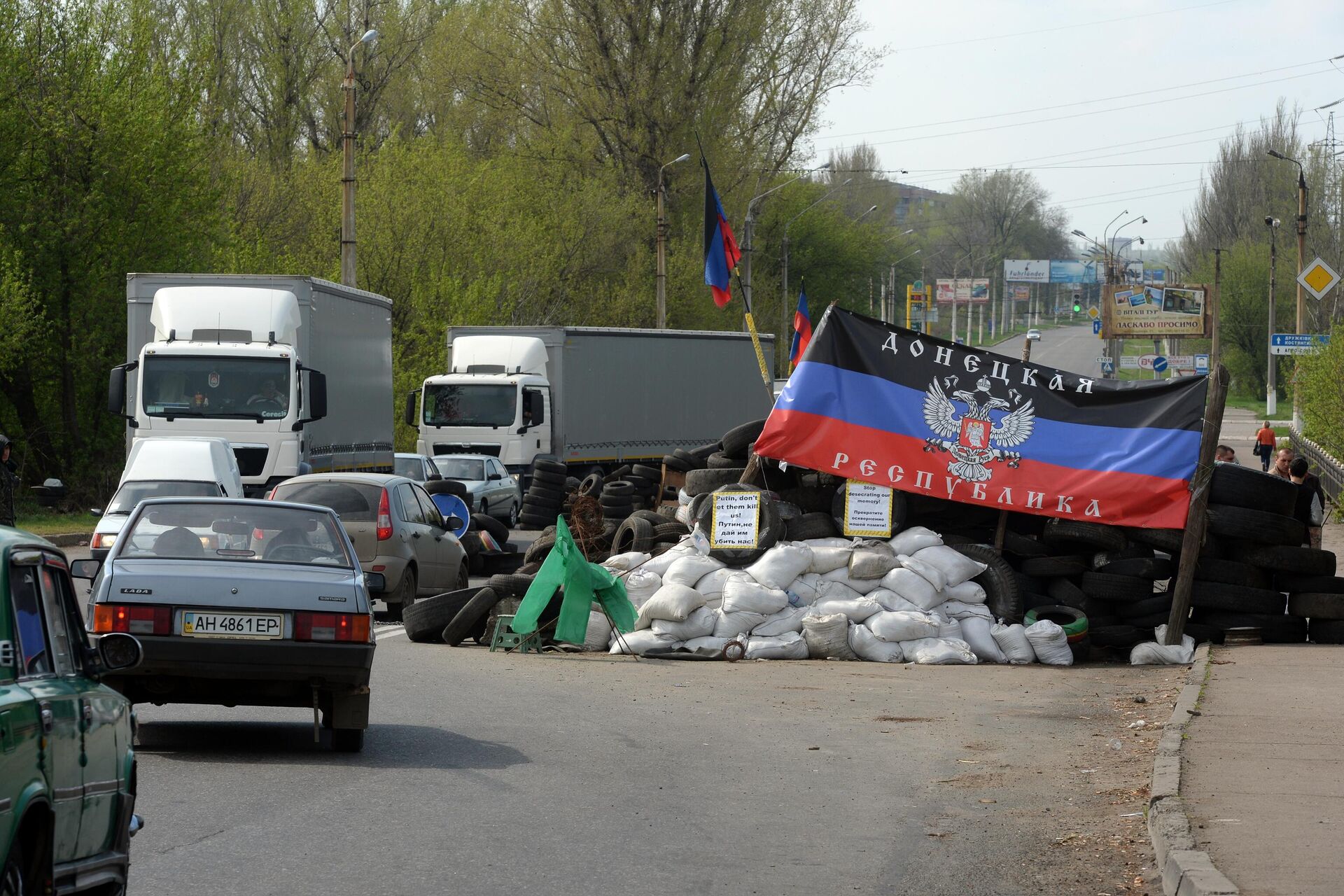
Makeshift DPR checkpoint built out of sandbags and tires outside Kramatorsk in the direction of Slavyansk, April 2014.
© Sputnik / Mikhail Voskresensky
/ Romanov noted that when the militias were created, volunteers received no pay, and had to pay for their expenses out of pocket. “Everyone joined for an idea, no one even thought about money. And then the first monetary payments began to be given out, some time in June, because we had no cigarettes or tea. Civilians helped a lot, giving whatever we could.”
The fighter confirmed that gradually, militias began to be equipped with better weapons, including machineguns, and to be moved around – to battles in Snezhnoye, Saur-Mogila, Ilovaysk, Shakhtersk, Maryinka. Romanov fought in two of the decisive battles of 2014-2015, the siege of Slavyansk and the battle for the Donetsk Airport. The fighter received multiple injuries, including a bullet wound at the airport. The battles still continue to haunt him in his dreams, he said. Romanov completed his service with the DPR Internal Troops and was decommissioned in early 2022 due to his injuries.
Shechkov also carries the scars of the war on his body, losing his right hand while neutralizing a tripwire, suffering a contusion which affected his memory, and having his leg shot in two places. He now works at military HQ. Like Romanov, Shechkov also took part in the battle for the Donetsk Airport. “When it was all over my only thought was – thank God I’m alive,” he said.

Vitaly Shechkov at 19 years of age during his service in the military. From the militiaman's personal archive.
© Photo : Vitaly Shechkov's personal archive.
Cruelty From the Start
In Romanov’s experience, Ukrainian forces sent to try to crush the Donbass Spring in 2014 were motivated to carry out Kiev’s orders from the beginning, and showed no hesitation in brutally putting down the poorly armed, trained and organized defenders.
“They immediately came at us with tanks, immediately began ‘softening up’ Maryinka, engaging in heavy bombing using Grad [rocket artillery]. And immediately, 5-10 minutes later, tanks would appear. That is, they were prepared for a crusade. Our first Slavyanskaya Brigade was stationed near Maryinka. They failed to withstand the Ukrainian military’s thrust. Our guys were forced to retreat. They entered the city and began to fortify themselves and dig in. To this day, even Russian forces cannot push them out of there. Everything has been filled with concrete there since 2014. They were getting ready,” the fighter stressed.
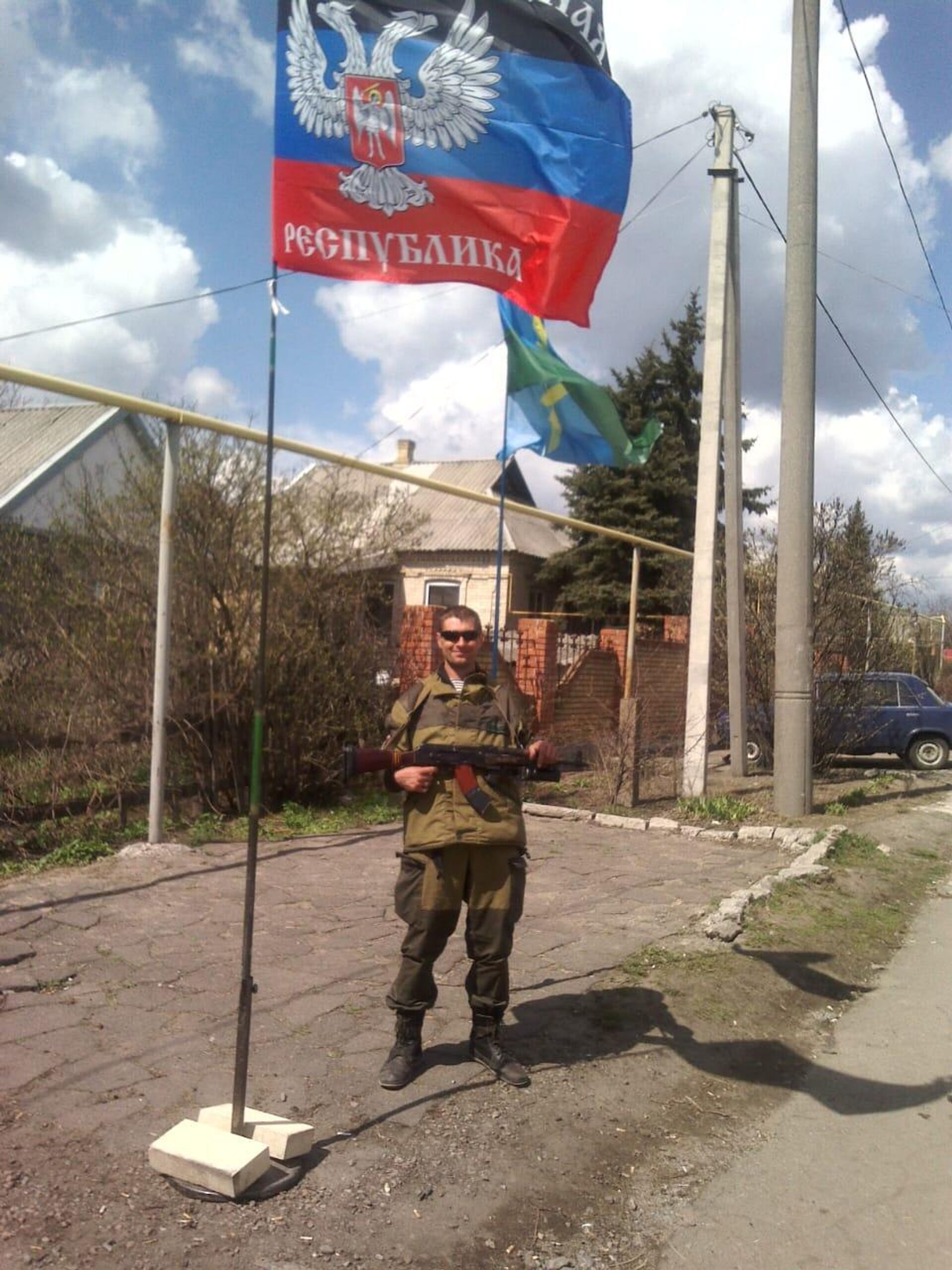
Fedor Romanov stands guard in the settlement of Perskiy, DPR. 2016-2017. Photo from his personal archive.
© Photo : Fedor Romanov's personal archive.
Shechkov confirmed that to him it didn’t seem like Ukrainian forces didn’t want to fight against the people of the Donbass. “They used people, young guys like cannon fodder. They did not consider it necessary to save their people. And behind them…were these terrible nationalist battalions who would follow after them and shoot.”
Romanov suggested that unfortunately, many Ukrainians, both young and old, seem to have been brainwashed by the media and other institutions in recent decades into treating Russians as the sworn enemies of Ukraine who aren’t worthy of anything except death. “In Ukraine, they are rewriting history, it’s forbidden to talk about any history, about Russia, although everyone born before 1980 still knows about the Great Patriotic War, where all our grandfathers, the Poles, the Georgians, the Ukrainians all fought together. This history has been distorted and turned upside down, and now they salute Bandera [Stepan Bandera, a Ukrainian fascist and WWII Nazi collaborator - ed.note].”
Others, particularly civilians, have been frightened into silence, Romanov believes.
“I look at these young guys and think – how was it possible to twist their brains like this so they would obediently march like slaves?” Shechkov asked. “On one hand – this was a fratricidal war when everything first began. On the other, this was no longer the same Ukraine, after they’ve raised Nazi flags, coats of arms and crosses.”
Horrific Memory
Asked if there were any battles he took part in that stood out, Romanov replied the Battle of Saur-Mogila in eastern Donetsk, which took place over several weeks in July-August of 2014. In it, about 100 militiamen faced off against 600 Ukrainian troops in what he said could only be described as something out of a horror movie.
Warning: The paragraph below contains graphic and disturbing descriptions not suitable for all readers. Please skip ahead to the next paragraph if you are easily offended or disturbed.
“An enemy soldier was crawling forward, he got his hand blown off. He got up and continued on. That is, the Ukrainian troops were either drugged up or under the influence. Any sane person, if his hand was torn off by a fragment of a shell or bullet, would go into shock. But this soldier simply rose, picked up his severed hand and continued to move forward. He did not run away, did not hide, but continued to try to attack us… That was the most memorable thing for me, because I could only see such a thing in the movies. When you see it with your own eyes and witness it, your view of humans, and in general your view of everything around you changes... It was frightening, not normal,” the militiaman said.
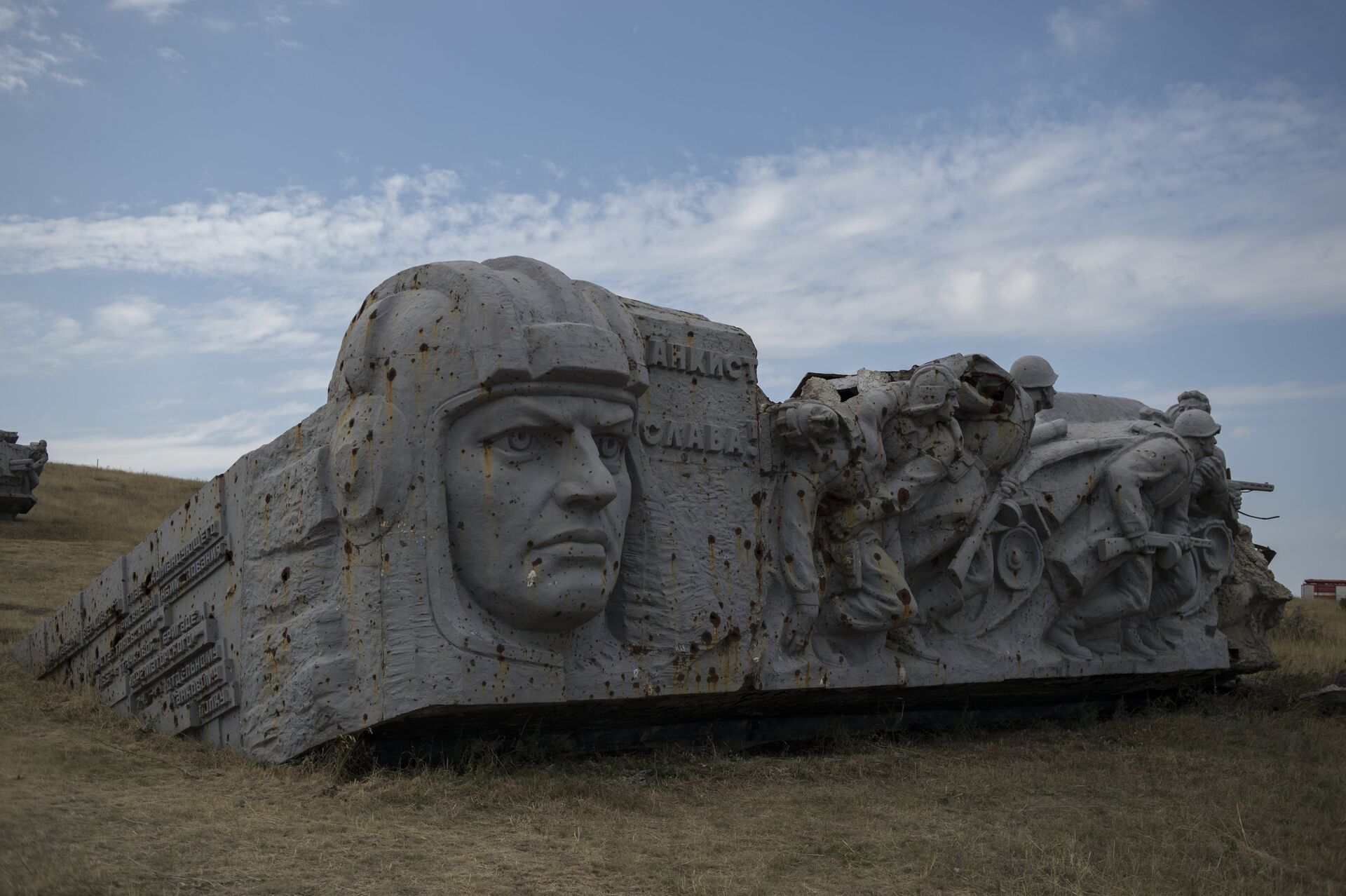
Ruins of the Saur-Mogila (Saur Grave) Memorial in Donetsk Region where fierce fighting between Donbass militias and the Ukrainian Army took place in the summer of 2014.
© Sputnik / Valeriy Melnikov
/ Romanov said that doing the sign of the cross and remembering his family helped him during the most difficult moments, and noted that “in the trenches, everyone turns into a believer.” No matter how difficult things got, the militiaman said, fighters retained a “spark in their eyes,” the hope that “we would win and everything would be fine, that peace would arrive.”
Special Message to Foreigners
Asked if there was any special message he would like to send Sputnik’s non-Russian-speaking readers, Romanov said that “first of all,” he’d like convey the importance of living in peace.
“If there is peace, what difference does it make whether a person is an Englishman or a Frenchman? We can live without war. But right now it turns out that someone somewhere has decided that war means a lot of money to be made,” the militiaman said. “As [Soviet bard Vladimir] Vysotsky said, ‘it doesn’t matter who you are, but be a human being first.'”
“We were defending ourselves, and they [Russia] came to our aid. We didn’t come to them in England. We don’t organize wars in America. We are defending our land. Live in peace and everything will be alright,” Romanov emphasized.

Fedor Romanov poses near a blast crater during the battle for the Donetsk Airport. 2014.
© Photo : Fedor Romanov's personal archive.
Asked the same question, Shechkov answered in a different way – addressing any citizens of NATO countries who may already be taking part in the hostilities on the Ukrainian side.
“The only thing I’d like to say is – stay home. We aren’t touching you, don’t touch us, we’ll figure things out ourselves. Bring back your husbands and brothers, who are also dying here like the Ukrainians… The people who are making decisions sitting on the other side think they’re doing good. They don’t understand what they’re doing. Your readers probably already understand, but those who we come across here speaking Polish and English – I don’t know. Take your people home. We’ll figure this out, we want for this to be over already,” the militiaman said.
Shechkov recalled the heroic role played by Polish troops who fought alongside the Red Army in liberating Ukraine during World War 2. “[Volodymyr] Zelensky’s grandfather fought, he helped liberate Ukraine. Now they despise the veterans, they have begun to destroy the churches for which our great-grandfathers fought. There is nothing good in this. France, Britain, America, they also fought against the Germans. What are they doing now? These are real-life fascists,” he said.

Vitaly Shechkov on patrol outside Maryinka, DPR, 2015-2016.
© Photo : Vitaly Shechkov's personal archive.
The militiaman emphasized that as a resident of the Donbass, he would be prepared to defend his home even “against a thousand” enemies, if necessary.
“Unlike them, we understand what we are fighting for, what the goal is, what we are protecting. They do not understand – they are caught, put in a uniform, given a machine gun and sent to the front. That’s why they surrender or allow themselves to be captured. They understand that they don’t need this. We are fighting for our native land… For someone to run away, to be afraid - fear is necessary in principle, only you cannot be a coward, and must win back your own and cover your comrade’s back,” the veteran concluded.

